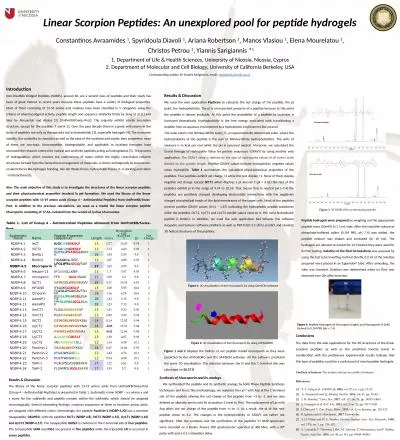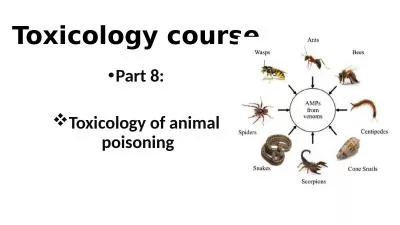PPT-Venom and anti-venom World's Deadliest Scorpion
Author : eleanor | Published Date : 2022-02-15
The deathstalker scorpion is one of the deadliest scorpions in the world Its tail is full of powerful venom A deathstalker scorpions sting is extremely painful and
Presentation Embed Code
Download Presentation
Download Presentation The PPT/PDF document "Venom and anti-venom World's Deadliest S..." is the property of its rightful owner. Permission is granted to download and print the materials on this website for personal, non-commercial use only, and to display it on your personal computer provided you do not modify the materials and that you retain all copyright notices contained in the materials. By downloading content from our website, you accept the terms of this agreement.
Venom and anti-venom World's Deadliest Scorpion: Transcript
Download Rules Of Document
"Venom and anti-venom World's Deadliest Scorpion"The content belongs to its owner. You may download and print it for personal use, without modification, and keep all copyright notices. By downloading, you agree to these terms.
Related Documents

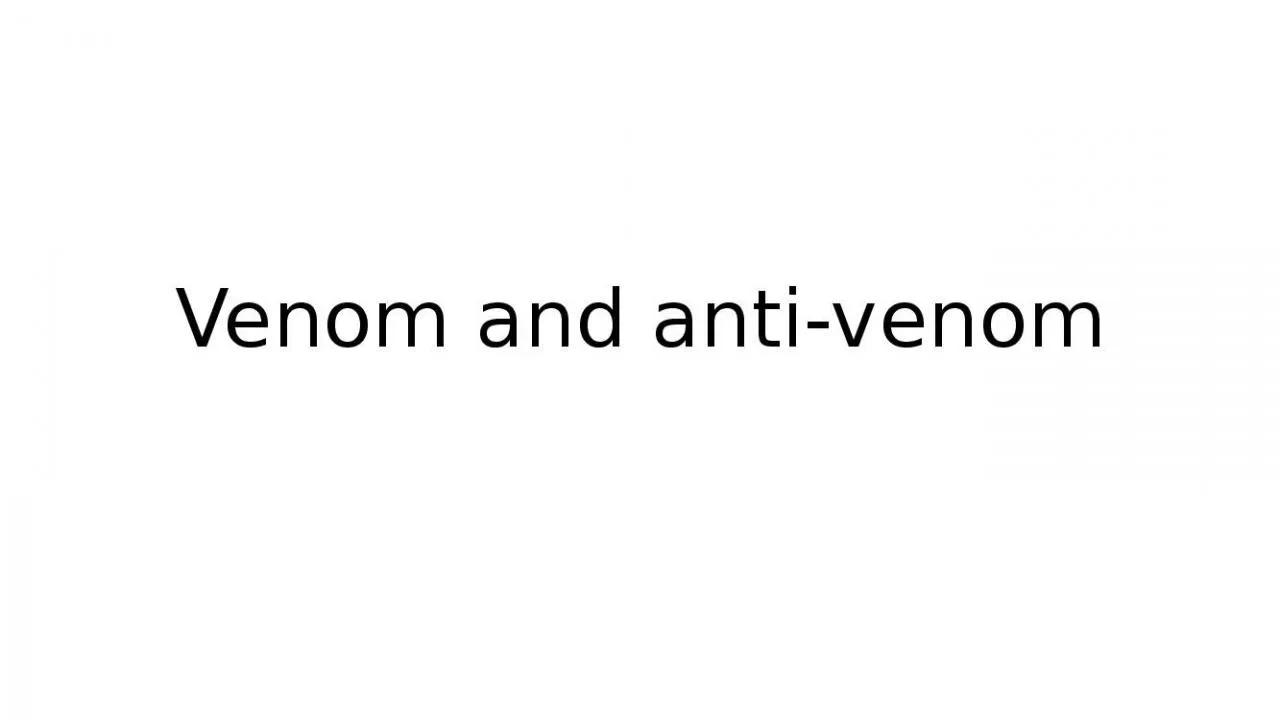


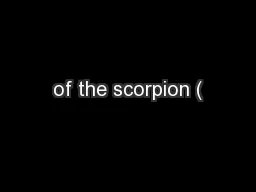





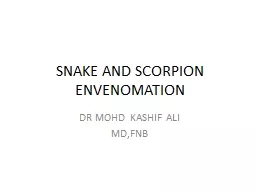
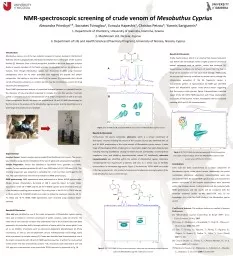
![[READ]-Seven Deadliest Microsoft Attacks (Seven Deadliest Attacks)](https://thumbs.docslides.com/986890/read-seven-deadliest-microsoft-attacks-seven-deadliest-attacks.jpg)
